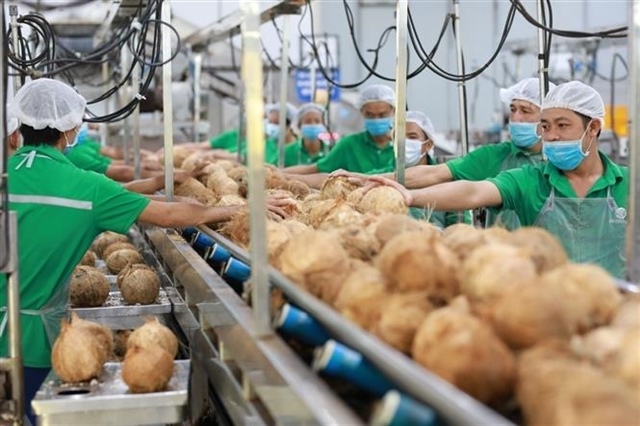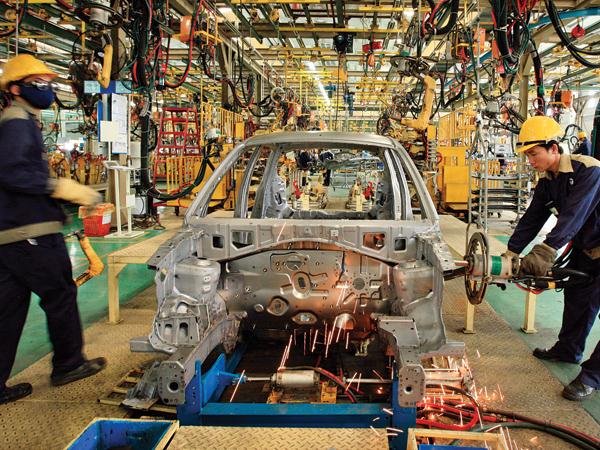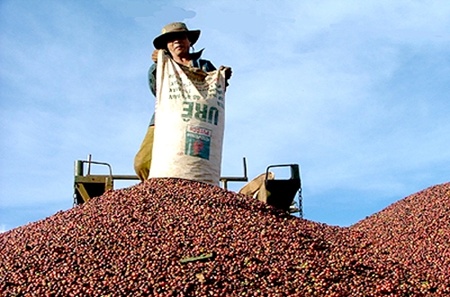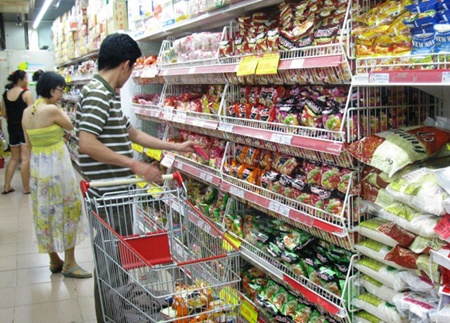Livestock export potential untapped
Livestock export potential untapped
Viet Nam's livestock industry, while relatively well dev eloped, has not been able to take advantage of its export potential, experts say.
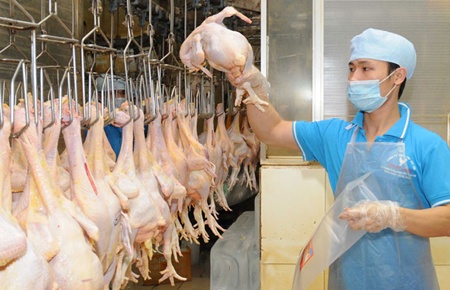
So far, the industry has only succeeded in exporting small volumes of fresh and processed livestock products, they told the Thoi Bao Kinh Doanh newspaper.
Nguyen Dang Vang, the chairman of the Viet Nam Livestock Association said export livestock enterprises have mainly exported suckling pigs and salted duck eggs to Hong Kong and Malaysia apart from several varieties of meat to China via border trade.
No official statistics on the volume of meat product exports are available, but Vang said that on average, Viet Nam exports 35,000 tonnes of pork to China every year, accounting for one per cent of the national total pork export.
Vang said some enterprises have developed large-scale farms with a self-contained processing system, but most of their output is for the local market and only a small volume is exported.
Vissan Ltd Company, one of the leading food processing and production firms in Viet Nam, has set an export development strategy, but it is yet to execute it well, industry insiders say.
Vissan General Director Tran Tan An said that his company has exported its products to some markets like Singapore, Australia, South Korea, Russia, and North America, but these did not make up big volumes.
Their export products include frozen meat, processed meat, sausage, lean pork paste and canned meat, An said.
Very few livestock industry products are being shipped to potential markets like Russia, the US and Australia, he said. So far, it has only sent grilled pork paste and lean port paste to these countries. Other key products of the company, including sausage and canned meat, can also be exported to regional countries, such as Cambodia and Myanmar, An said.
A livestock industry expert who did not want to be named said that Viet Nam has ample opportunities to export its products. He noted that the country used to export pork to Eastern European countries.
Now, markets across the world, particularly Japan and China, have a great demand for meat and egg products, he said. However, while the country has plentiful supply of these products, their quality and competitiveness present an export challenge, he added.
In Viet Nam, households constitute the main production unit in the livestock industry, supplying 90 per cent of domestic meat consumption. There are few enterprises engaging in large-scale production with quality standards that can satisfy importing countries, the expert said.
Vang noted that the production process in livestock enterprises is not self-contained, increasing costs significantly. The production cost of meat in Viet Nam is 1.4 times higher than in the US. Hence Vietnamese meat products are less competitive in the international market, he said.
An remarked that existing policies have failed to create favourable conditions for the livestock industry to increase its exports.
Viet Nam has been a member of the World Trade Organisation for a long time now, but regulations and standards related to veterinary care and food hygiene and safety in Viet Nam are not in accordance with standards set by the importing countries, An said.
The Thoi Bao Kinh
Doanh report cited several industry insiders as saying the state should issue effective policies to encourage exports of fresh and processed meat and eggs.
Without this enterprises would not have the incentive to renew the production process with modern technology and seek export markets while reducing the less profitable border gate trade, they said.
vietnamnews






